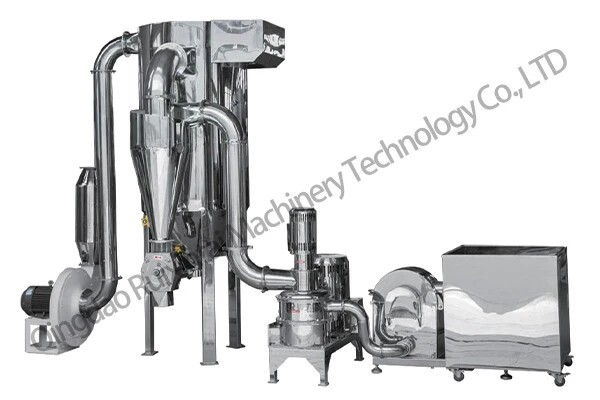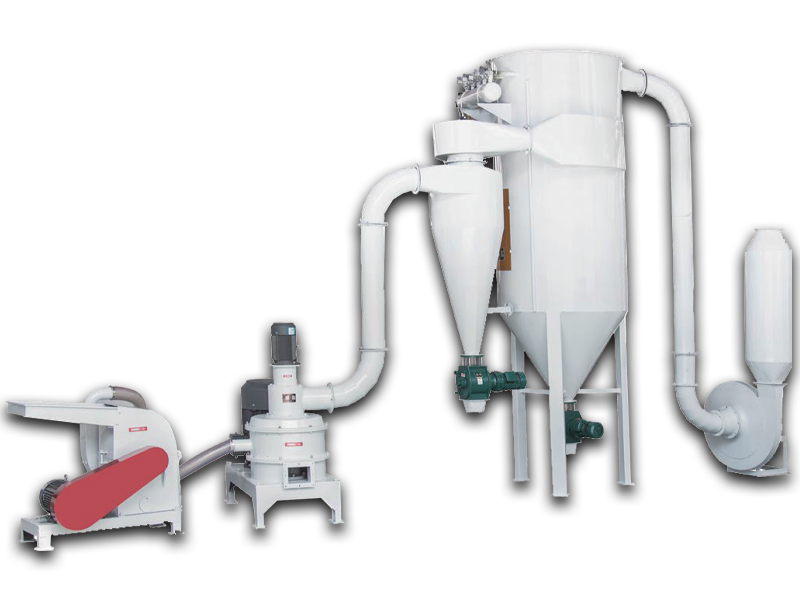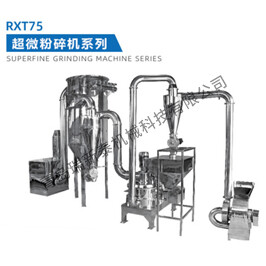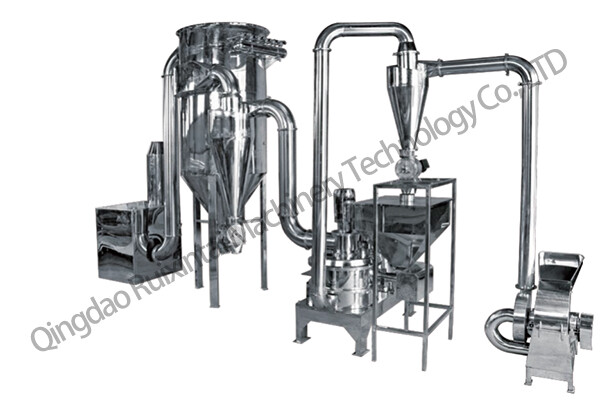RELATED
MESSAGE
Introduction to Precision Milling in Medical Device Manufacturing
Medical device production demands exceptional accuracy and reliability to ensure patient safety and product efficacy. precision milling has emerged as a cornerstone technology in this domain, enabling manufacturers to achieve intricate designs and tight tolerances. Ruixintai Machinery Technology Co., LTD (Ruixintai) specializes in delivering cutting-edge milling solutions tailored for the medical industry.
In this article, we will explore the advanced milling techniques employed by Ruixintai, their benefits for medical device production, and how the company stays ahead in this highly competitive industry. Additionally, we will touch upon the significance of "CNC machining" and "surface finishing" in achieving superior quality medical devices.
Core Milling Techniques Utilized by Ruixintai
High-Speed Milling
High-speed milling is one of the most widely used techniques in medical device production. Ruixintai leverages advanced CNC machining technology to achieve high rotational speeds and precision. This method is ideal for creating complex geometries and intricate features, such as those found in surgical instruments and implantable devices.
By utilizing high-speed milling, Ruixintai ensures minimal material deformation and superior surface finishing, which are critical for medical applications. The combination of speed and precision allows the company to meet stringent industry standards while optimizing production efficiency.
Multi-Axis Milling
Multi-axis milling is another key technique employed by Ruixintai. This approach involves the use of 3-axis, 4-axis, and 5-axis milling machines to achieve complex shapes and contours. Multi-axis capabilities are especially valuable for producing components like prosthetics, dental implants, and orthopedic devices.
With multi-axis milling, Ruixintai can create parts with exceptional dimensional accuracy and smooth transitions, enhancing the overall quality and functionality of medical devices. The flexibility of multi-axis systems also enables the company to handle diverse materials, including titanium, stainless steel, and medical-grade polymers.

Micro-Milling for Miniature Components
Micro-milling is a specialized technique used for producing miniature medical components with intricate features. Ruixintai's advanced machinery is capable of achieving tolerances as tight as 0.001 mm, making it ideal for applications like micro-surgical tools and diagnostic equipment.
The precision achieved through micro-milling is unparalleled, ensuring that even the smallest components meet exact specifications. This capability is critical for devices that require high performance in compact designs, such as endoscopic instruments and catheter components.
Importance of CNC Machining in Medical Device Production
CNC machining plays a pivotal role in precision milling for medical devices. The technology enables automated and highly accurate manufacturing processes, reducing human error and ensuring consistency across production runs. Ruixintai integrates state-of-the-art CNC systems into its operations, offering unparalleled precision and repeatability.
One of the key advantages of CNC machining is its ability to handle complex designs and materials with ease. For example, medical-grade titanium and stainless steel require specialized machining techniques to maintain their integrity and biocompatibility. Ruixintai's CNC systems are equipped to handle these challenges, delivering high-quality results for critical applications.
Surface Finishing: Enhancing Device Quality
Surface finishing is an essential aspect of medical device production, ensuring that components are free from imperfections and meet aesthetic and functional requirements. Ruixintai employs advanced finishing techniques, including polishing, deburring, and coating, to achieve flawless surfaces.
For medical devices, surface finishing is not just about aesthetics; it also impacts performance and safety. Smooth surfaces reduce the risk of bacterial contamination and improve the durability of components. Ruixintai's commitment to excellence in surface finishing ensures that its products meet the highest standards of quality and hygiene.
Industry Trends and Innovations
Adoption of Smart Manufacturing
The medical device industry is increasingly embracing smart manufacturing technologies, such as IoT-enabled machinery and data analytics. Ruixintai is at the forefront of this trend, integrating intelligent systems into its milling processes to enhance efficiency and quality control.
Focus on Sustainability
Sustainability is becoming a key consideration in medical device production. Ruixintai is committed to reducing waste and optimizing energy usage in its operations. By adopting eco-friendly practices, the company aligns with global efforts to create a more sustainable manufacturing ecosystem.
Advancements in Material Science
Material science is driving innovation in medical device production, with new materials offering improved performance and biocompatibility. Ruixintai continuously invests in research and development to stay ahead of material trends, ensuring that its products meet evolving industry demands.
Conclusion
Precision milling is an indispensable technology in medical device production, enabling manufacturers to achieve the highest levels of accuracy and reliability. Ruixintai Machinery Technology Co., LTD has established itself as a leader in this field, offering advanced milling solutions that meet the unique challenges of the medical industry.
From high-speed and multi-axis milling to micro-milling and surface finishing, Ruixintai's expertise ensures that every component meets exacting standards. By embracing CNC machining and staying ahead of industry trends, the company continues to deliver innovative solutions for critical medical applications.
As the medical device industry evolves, Ruixintai remains committed to excellence, sustainability, and innovation, ensuring that its products contribute to improved patient outcomes and global healthcare advancements.
CONTACT US
Please use the form below to get in touch.
If you need a reply we will get in touch as soon as possible.



